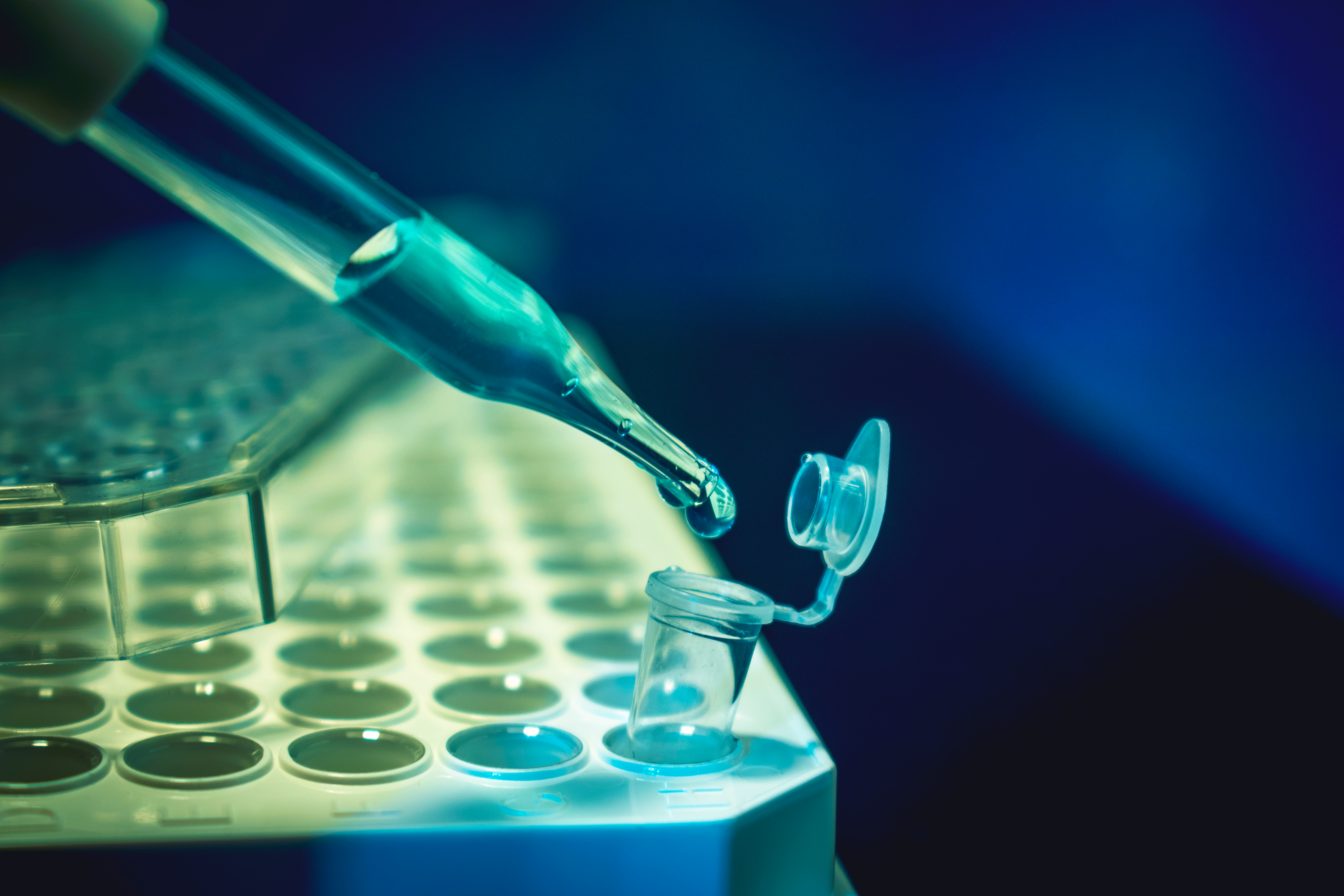CRISPR Startups Give Genome Editing Several New Twists
By Catherine Shaffer,
Genetic Engineering & Biotechnology News
| 08. 03. 2020
Base editors, exonucleases, and other refinements enable advances in pathogen recognition, antibacterial development, genetic medicine, xenotransplantation, and agriculture
Just seven years ago, the Broad Institute’s Feng Zhang, PhD, and Harvard geneticist George Church, PhD, separately demonstrated that in human cell cultures, genome editing could be performed using a CRISPR system. CRISPR, which stands for clustered regularly interspaced short palindromic repeats, first came to light as part of a naturally occurring defense system in bacteria. CRISPR DNA in bacteria includes repetitive elements and spacer elements, the latter of which encode RNA molecules that complex with a CRISPR-associated (Cas) nuclease and guide it to viral targets, that is, viruses that possess genetic material complementary to guide RNA.
After Zhang and Church showed that CRISPR-Cas9, one of the crude adaptive immune systems found in bacteria, had potential as a genomic engineering tool, many developers followed their lead. Early CRISPR startups—such as Editas Medicine, CRISPR Therapeutics, and Intellia Therapeutics—went public and have since prospered. And now a new crop of startups is showing that there’s still plenty of room for innovation.
Each of the new CRISPR startups features a unique twist on the original CRISPR formula. Examples of CRISPR twists include exotic...
Related Articles
By Jonathan Matthews, GMWatch | 12.11.2025
In our first article in this series, we investigated the dark PR tactics that have accompanied Colossal Bioscience’s de-extinction disinformation campaign, in which transgenic cloned grey wolves have been showcased to the world as resurrected dire wolves – a...
By Jenny Lange, BioNews | 12.01.2025
A UK toddler with a rare genetic condition was the first person to receive a new gene therapy that appears to halt disease progression.
Oliver, now three years old, has Hunter syndrome, an inherited genetic disorder that leads to physical...
By Simar Bajaj, The New York Times | 11.27.2025
A common cold was enough to kill Cora Oakley.
Born in Morristown, N.J., with virtually no immune system, Cora was diagnosed with severe combined immunodeficiency, a rare genetic condition that leaves the body without key white blood cells.
It’s better...
By Rachel Hall, The Guardian | 11.30.2025
Couples are needlessly going through IVF because male infertility is under-researched, with the NHS too often failing to diagnose treatable causes, leading experts have said.
Poor understanding among GPs and a lack of specialists and NHS testing means male infertility...




